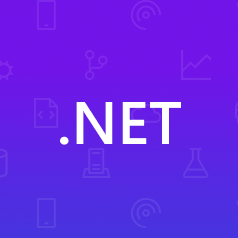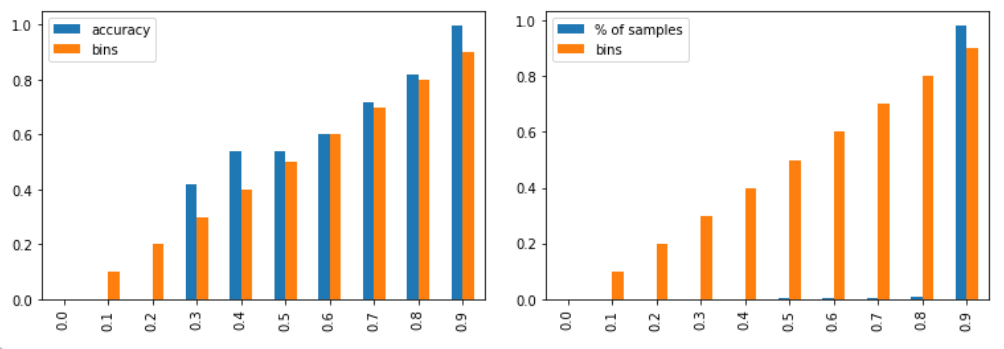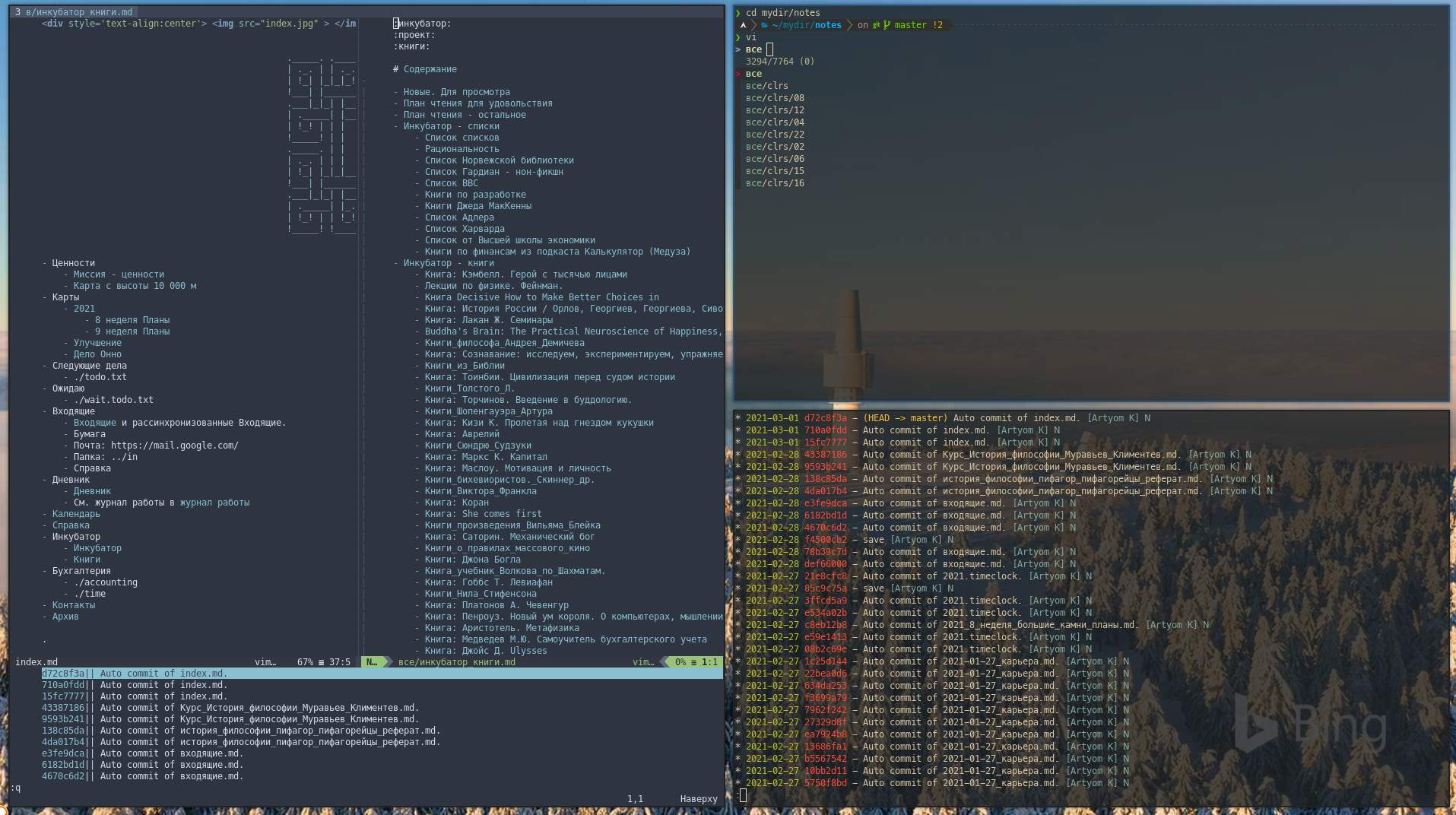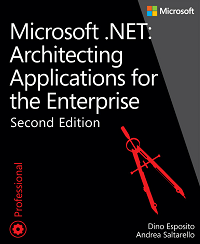
Давайте посмотрим как устроено конкурентное и параллельное программирование в .Net, на примере проблемы обедающих философов. План такой, от синхронизации потоков/процессов, до модели акторов (в следующих частях). Статья может быть полезна для первого знакомства или для того, чтобы освежить свои знания.
Зачем вообще уметь это? Транзисторы достигают своего минимального размера, закон Мура упирается в ограничение скорости света и поэтому рост наблюдается в количестве, транзисторов можно делать больше. При этом количество данных растет, а пользователи ожидают немедленной реакции систем. В такой ситуации “обычное” программирование, когда у нас один выполняющий поток, уже не эффективно. Нужно как-то решать проблему одновременного или конкурентного выполнения. Причем, проблема эта существует на разных уровнях: на уровне потоков, на уровне процессов, на уровне машин в сети (распределенные системы). В .NET есть качественные, проверенные временем, технологии для быстрого и эффективного решения таких задач.






